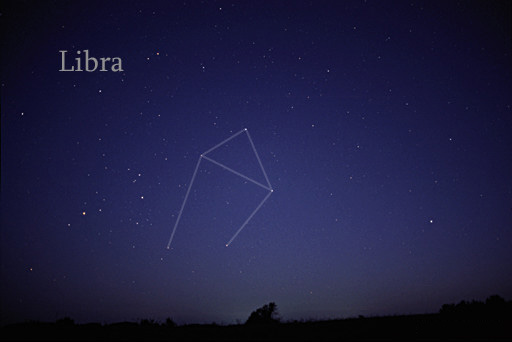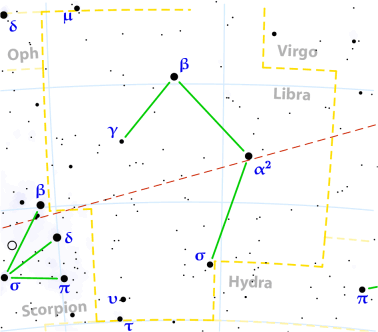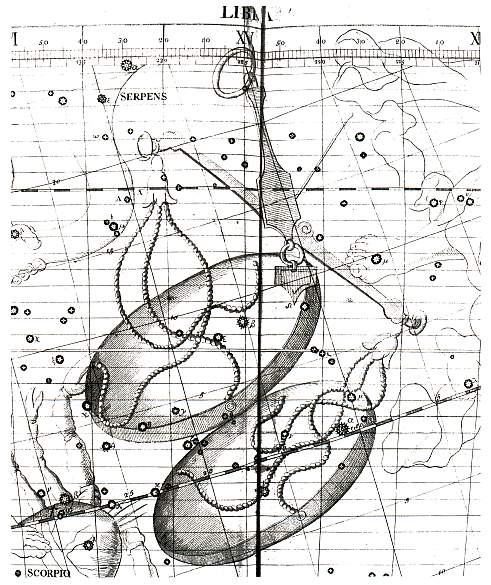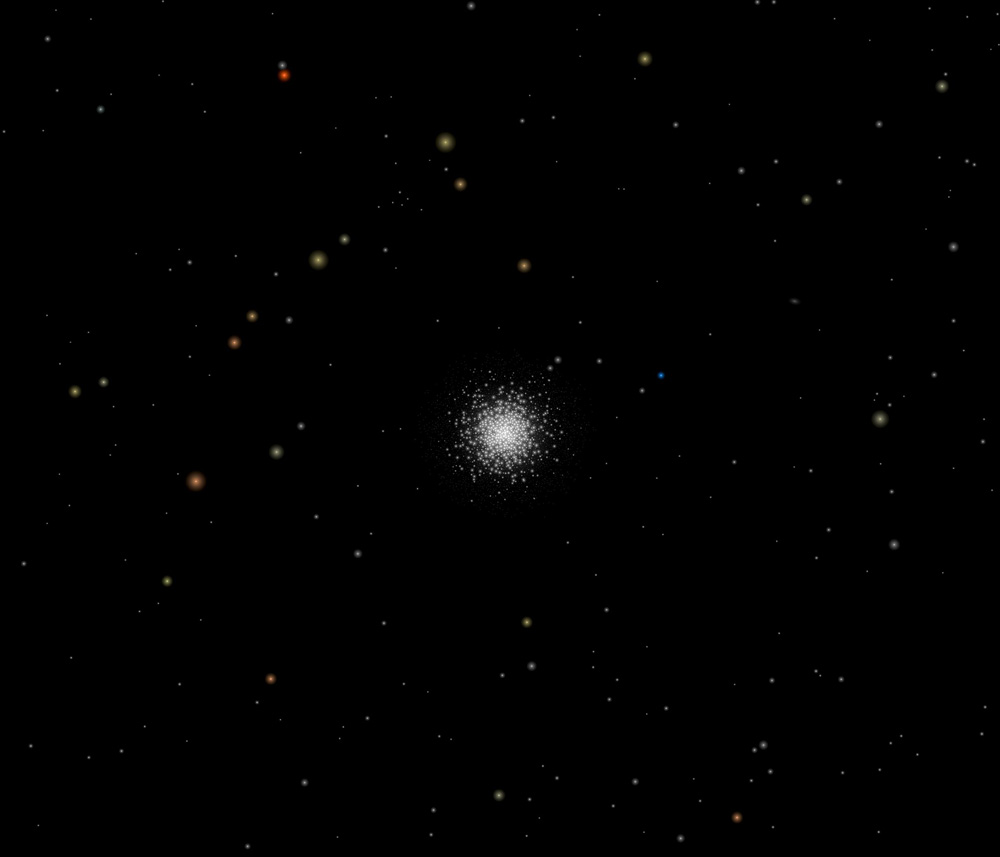LIBRA

Till Credner - Own work, AlltheSky, CC BY-SA 3.0, wikimedia

CC BY-SA 3.0, wikimedia
The constellation Libra is not very easy to see in the sky, it was once joined with the constellation Scorpius, which we understand from the names of the main stars Zubeneschamali or the ‘northern claw’ and Zubenelgenubi, the ‘southern claw’ referring to the ancient constellation of Scorpius. These two stars are now part of Libra’s scales.

Alessio Govi - Atlas Coelestis, John Flamsteed,
Public domain, wikimedia
After its separation from the constellation of Scorpius, Libra today is depicted as and connected to the Virgin. It is this female figure to hold the weighing scales which for the ancient Romans represented the equilibrium of all the constellations as the Sun moved through its stars during the autumn equinox.
Zubenelgenubi is the Alpha star and is the second brightest in the constellation. It is a multiple star system divisible into two stars easily seen through binoculars. The two stars rotate around their center of mass over a period of more than 200,000 years. The two companions in their turn are spectroscopic double stars, a quadruple star system - 77 light-years from the Solar System.

Roberto Mura - Own work,
Public domain, wikimedia
The Libra constellation does not have a lot of deep-sky objects. The only one worth mentioning is NGC 5897, a globular cluster which is a little less than 39,000 light-years from the Solar System. It is one of the loosest clusters in the Milky Way.
Southern Hemisphere: the constellation is visible from April to October. At the southern middle latitudes it is visible at the end of July right after sunset more or less at the zenith.